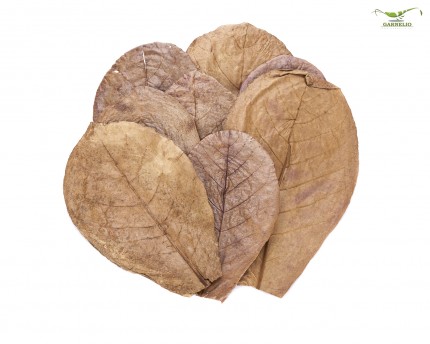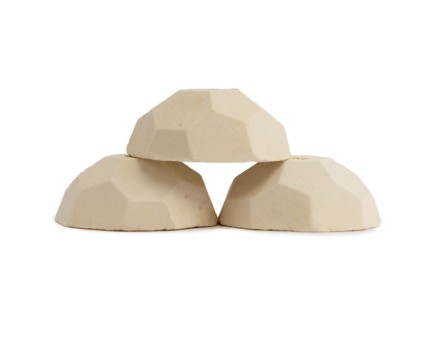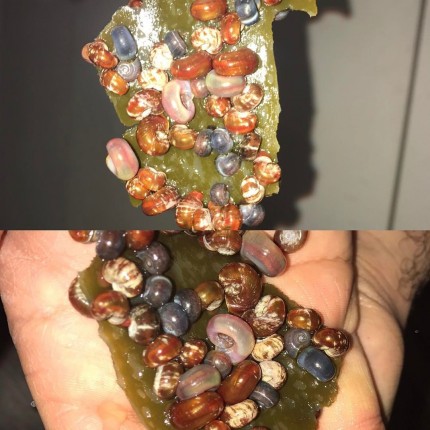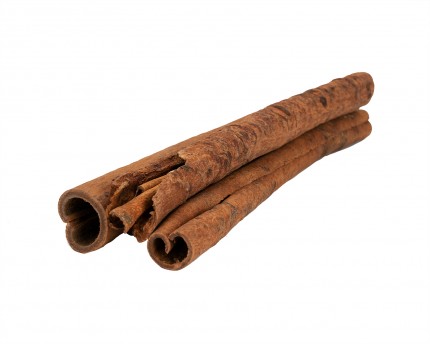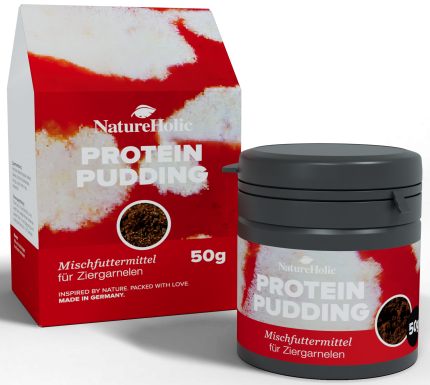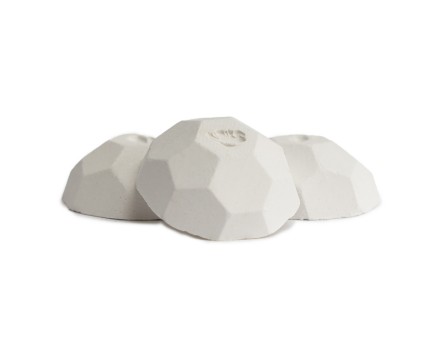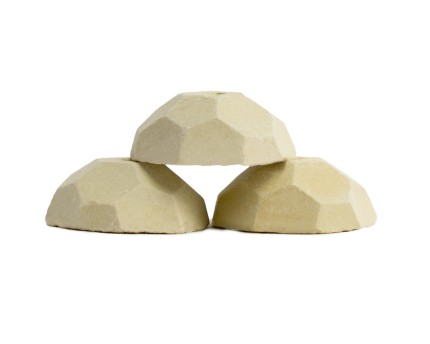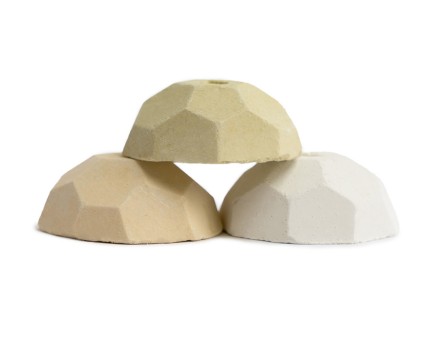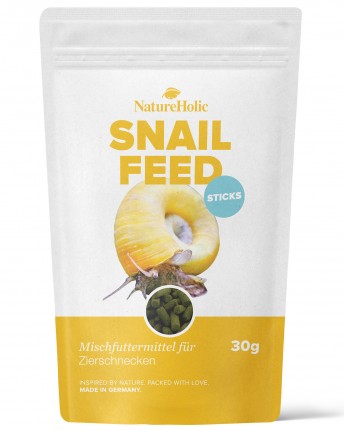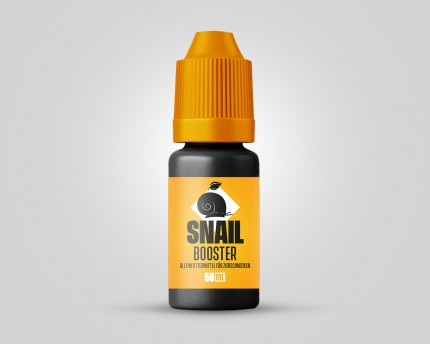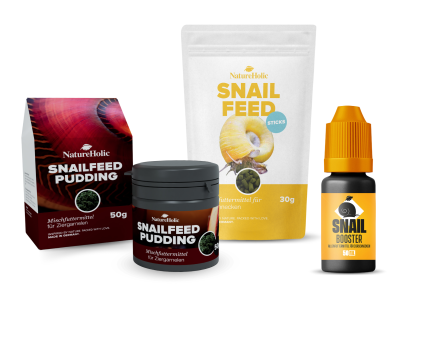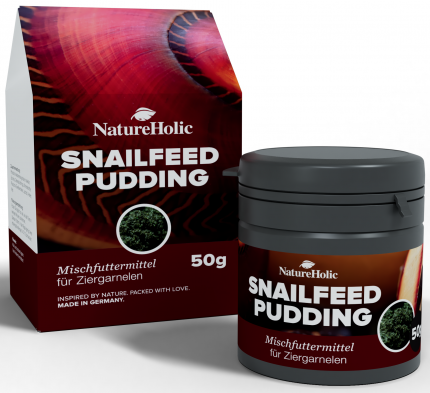Aquatic snails are not pure herbivores, and a certain amount of protein in their diet is very important to them. These proteins are needed by snails not only to build their body tissues, but also to form the protective thin proteinaceous skin over their calcareous shell, the periostracum. This skin protects the shell from corrosion in acidic water and it gives the snail its color and pattern. In special foods for aquatic snails in the aquarium, the protein requirements of aquatic snails are taken into account. Furthermore, a good supply of calcium is vital for all aquarium snails, because they can only build their shells stably if they are sufficiently supplied with calcium and other minerals. Although they can also absorb calcium from the water via the mantle tissue, a mineral-rich snail food is definitely helpful in shell construction and even in repairing minor shell damage from the inside.
Especially the larger aquatic snails such as apple snails, Tylomelania, Brotia and all other large ornamental snails often need a supplementary food in the aquarium, because the food remains and algae growth in the community aquarium are not sufficient for them. An undernourished snail can be recognized by the fact that the body and especially the foot looks relatively small compared to the shell opening. When an undernourished snail retreats into its shell, it retreats unusually far, if it has a lid (operculum), this operculum can be seen sitting very deep in the shell. Often the foot of an overly thin snail also does not have a smooth outline, but looks wavy or wrinkled. Such snails are acutely threatened by starvation and must be fed! A snail food specially tailored to the needs of water snails in the aquarium is best suited for this purpose.
It is especially important to feed snails taken from the wild, such as the racing snails of the genera Neritina and Vittina and the staghorn snails of the genus Clithon. These include in particular the anthracite limpets Neritina pulligera and the beautiful orange track (Vittina semiconica) and the red racing snail Neritina waigiensis, which are known to be very good algae eaters. These snails feed on algae growth and foliage in nature and are not easily accustomed to artificial food. Accordingly, they are often quite starved after transport and must first be fed again. For this purpose AlgaePlates and also NatureHolic Snailfeed Power Paste are suitable. With these feeds you can simulate a feeding lawn for the snails and offer them a natural food, which helps them to regain their strength quickly.
The useful predatory snail Clea (Anentome) helena eats other snails, but when the snail plague is defeated, it will of course still be hungry. Then you should either set up an external snail farm with food snails for the predatory snails or offer the predatory snails a very protein-rich food specifically for their needs.

